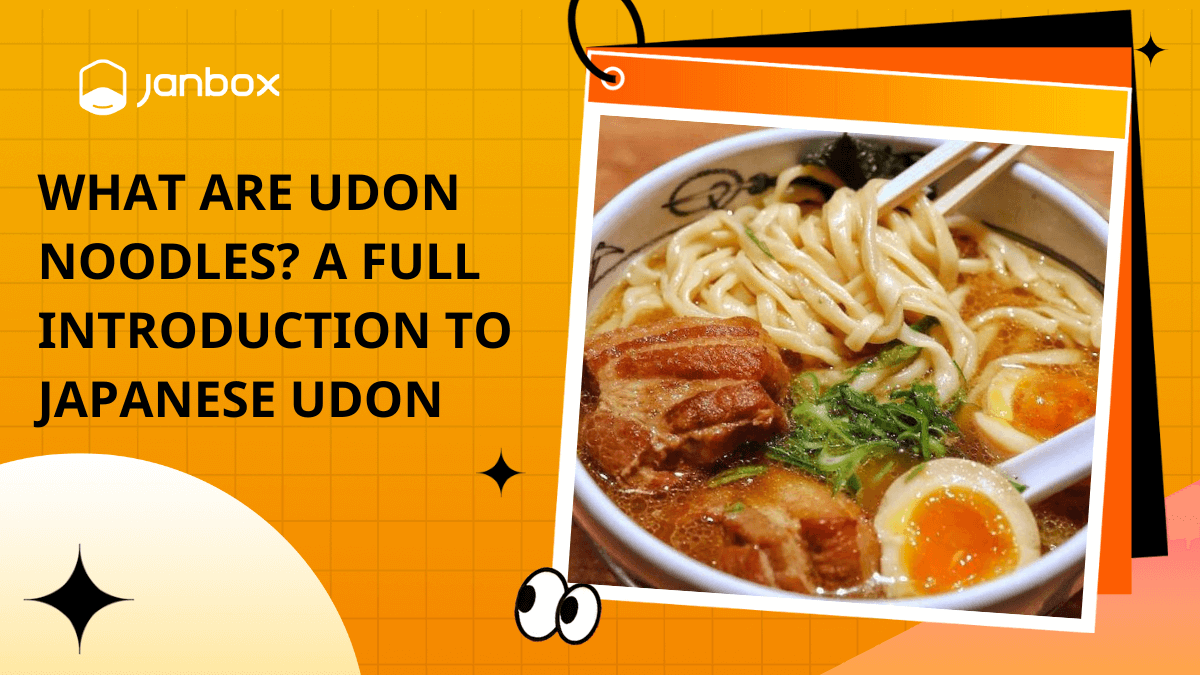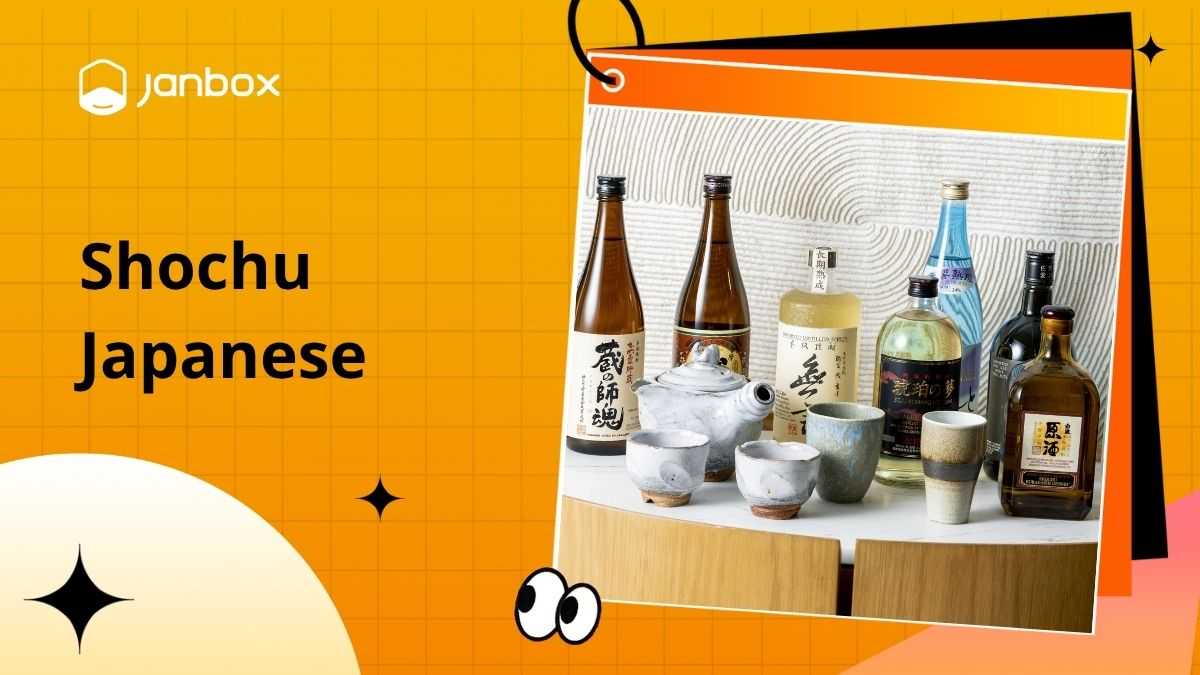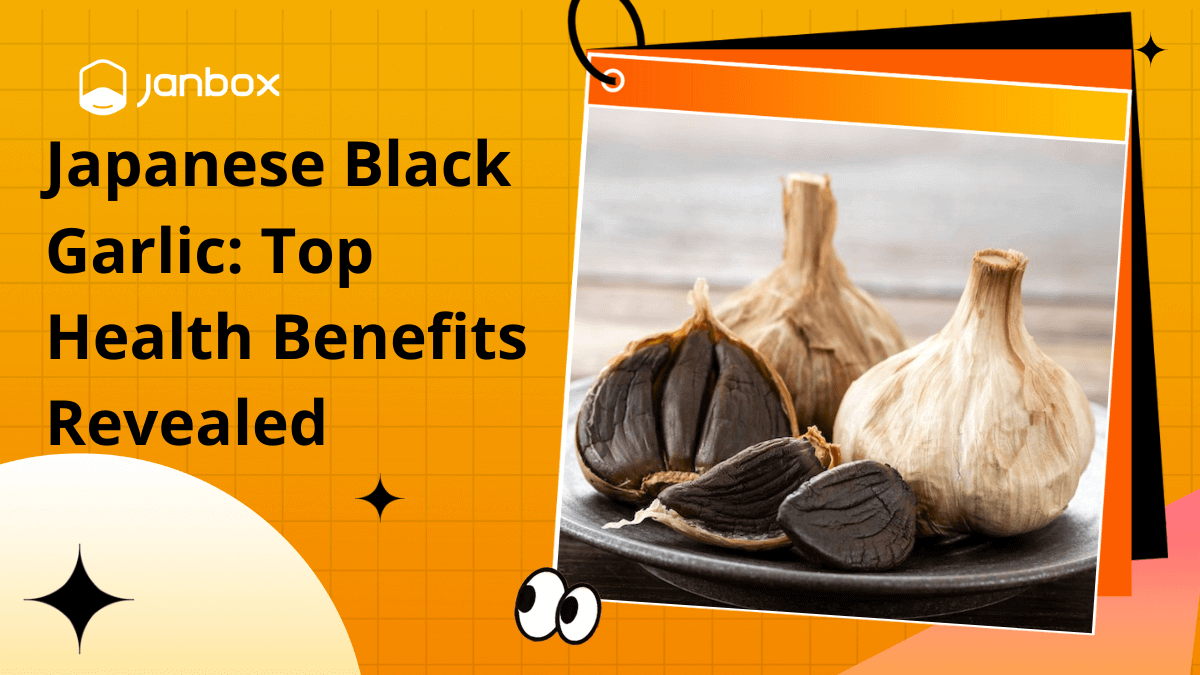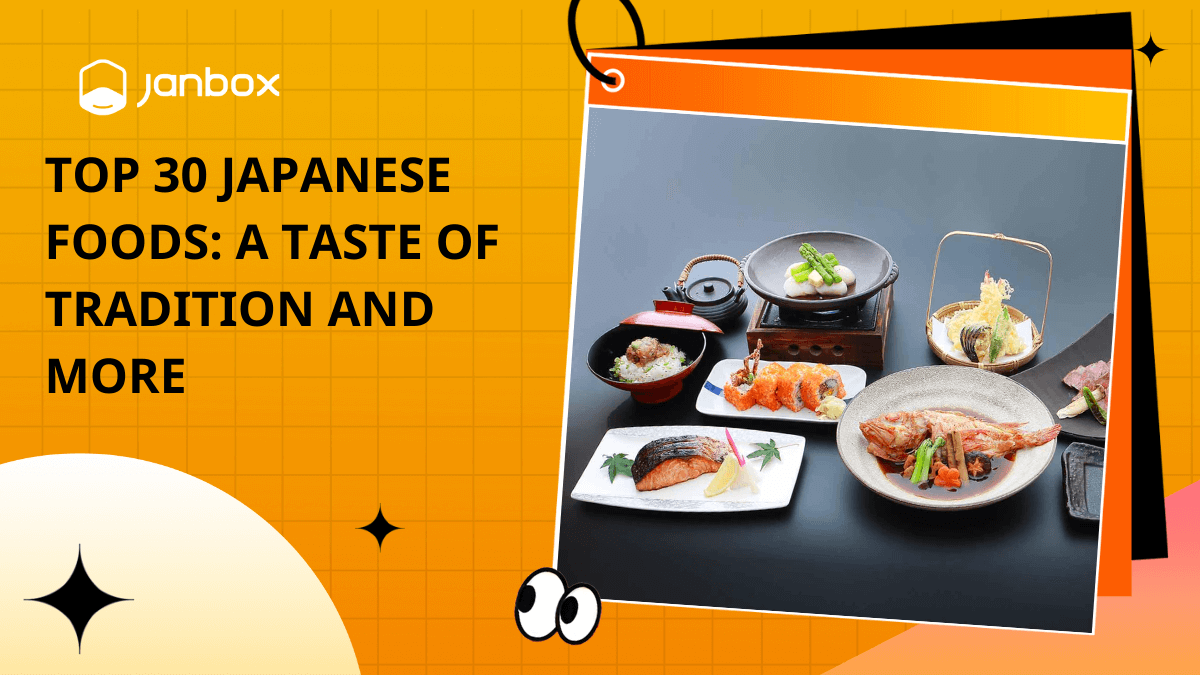Udon noodles are a beloved Japanese dish with a rich history and widespread global appeal. Their thick, chewy texture makes them both comforting and satisfying, while their versatility allows them to be enjoyed either steaming hot in a flavorful broth or chilled with a refreshing dipping sauce. Through this article, Janbox will guide you in exploring everything about udon noodles, from their origins and varieties to preparation methods and the best places to enjoy udon Japanese.
1. What Are Udon Noodles?
Udon noodles are one of Japan’s most famous traditional dishes, loved for their thick, chewy texture and distinct flavor. With their versatility—served hot in a rich broth or cold with a refreshing dipping sauce—udon Japanese has become an essential part of Japanese culinary culture. Through this article, Janbox will guide you in exploring the origins, popular types, preparation methods, and the best places to enjoy this beloved dish.
2. The History of Udon Noodles
The origins of udon noodles can be traced back to China, where wheat-based noodles were a staple of the cuisine. It is believed that during the Nara period (710–794), the Japanese monk Kukai traveled to China and learned the technique of making thick wheat noodles. Upon his return to Japan, he introduced this method, which gradually evolved into the udon we know today. Over time, Japanese chefs refined the recipe, adapting it to local tastes and ingredients.
While udon had been enjoyed for centuries, it was during the Edo period (1600s) that it gained widespread popularity. This era saw the emergence of regional udon specialties, with different areas developing their own unique variations. One of the most famous is Sanuki udon, originating from Kagawa Prefecture, known for its firm and chewy texture. Other regions also created distinct styles, such as Inaniwa udon from Akita and Mizusawa udon from Gunma.
Udon noodles are deeply embedded in Japanese culture and traditions. In Kagawa Prefecture, often referred to as the “birthplace of udon,” pilgrims visiting the Takinomiya Tenmangu shrine traditionally eat udon as part of their journey. The dish is also associated with comfort and longevity, making it a popular choice for celebrations and seasonal festivals.
In recent decades, udon noodles have evolved beyond their traditional roots, adapting to modern culinary trends and international tastes. The introduction of instant udon packets has made it easier for people worldwide to enjoy this dish at home. Additionally, fusion creations like creamy mentaiko udon—which blends Japanese flavors with Western influences—have gained popularity, showcasing the versatility of udon in contemporary cuisine.
Udon’s journey from ancient China to modern-day kitchens around the world highlights its enduring appeal and adaptability. Whether enjoyed in a traditional setting or as part of a creative fusion dish, udon noodles continue to be a beloved staple of Japanese cuisine.
>>> See more: Top 30 Japanese Foods: A Taste of Tradition and More
3. Types of Udon Noodles
Japanese udon noodles come in various styles, each offering a unique flavor and texture. From simple broths to rich, flavorful stir-fries, udon’s versatility makes it a beloved dish across Japan.
3.1 Kake Udon – Simple Hot Udon
This is the most basic form of udon noodles, served in a light dashi broth made from bonito flakes, kombu, and soy sauce. It is typically garnished with scallions or shichimi (Japanese chili powder) for added flavor.
3.2 Kitsune Udon – Udon with Fried Tofu
This dish features aburaage (fried tofu) placed atop the noodles, adding a slightly sweet contrast to the savory broth. The name “Kitsune” comes from Japanese folklore, where foxes are believed to love fried tofu.
3.3 Tempura Udon – Udon with Crispy Tempura
A popular choice in the Kanto region, Tempura Udon is served with crispy shrimp or vegetable tempura, creating a delightful contrast between the chewy noodles and crunchy tempura.
3.4 Curry Udon – Udon in a Rich Curry Broth
This variation combines udon noodles with a thick, mildly spicy Japanese curry broth, making it a comforting dish, especially during winter. Japanese curry has a slightly sweet and savory taste, different from Indian curry.
3.5 Yaki Udon – Stir-Fried Udon
Unlike other udon dishes served in broth, Yaki Udon is stir-fried with vegetables and a dashi-based sauce, resulting in bold, umami-rich flavors. It is a popular dish in casual eateries and izakayas.
3.6 Nabeyaki Udon – Hot Pot Udon
Served in a nabe (Japanese hot pot), Nabeyaki Udon features tempura, eggs, and vegetables, making it a hearty and warming dish, perfect for colder months. The broth is often simmered directly in an earthenware pot to retain heat.
3.7 Zaru Udon – Chilled Udon with Dipping Sauce
Ideal for summer, Zaru Udon is served cold with a refreshing tsuyu dipping sauce, made from soy sauce, mirin, and dashi. The chilled noodles provide a light and refreshing dining experience.
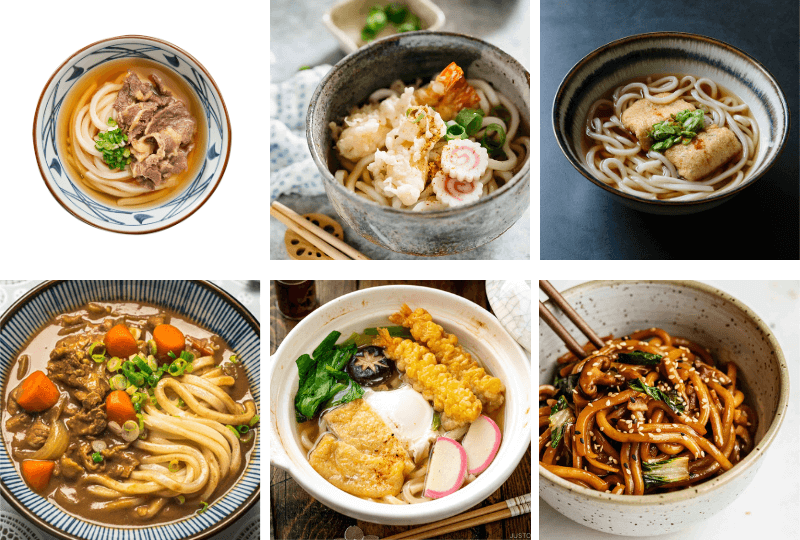
4. How to Make Udon Noodles
Udon noodles are a staple of Japanese cuisine, known for their chewy texture and satisfying flavor. Making udon Japanese from scratch allows you to control the quality of ingredients and experience the traditional preparation process firsthand.
To make udon noodles, you will need:
- Wheat flour (medium-gluten flour works best)
- Water
- Salt
- Optional tools: Pasta maker, rolling pin, sharp knife
Steps to Make Udon Noodles
- Mix flour and salted water Dissolve salt in water and gradually add it to the flour. Stir with chopsticks or hands until the mixture forms small clumps.
- Knead the dough Once the flour absorbs the water, knead the dough to develop elasticity. Traditionally in Japan, people knead the dough with their feet, applying strong pressure to create a firm texture. Alternatively, you can knead by hand or use a pasta maker for about 10–15 minutes.
- Rest the dough Wrap the dough in plastic wrap and let it rest for 3–5 hours. This step allows the gluten to relax, improving the noodles’ elasticity. For the best texture, let the dough rest overnight.
- Roll and cut the dough After resting, roll out the dough to about 3–4mm thickness. Fold it and cut into thick noodle strands using a sharp knife.
- Boil the noodles Bring a large pot of water to a boil and cook the noodles for 10–12 minutes. Once cooked, rinse them under cold water to remove excess starch and enhance their chewiness.
Tips for Perfect Udon Noodles
- Resting the dough overnight enhances the texture.
- Use a non-stick surface when rolling to prevent sticking.
- Dust noodles with flour before cutting to keep them from clumping together.
If making udon noodles from scratch is too time-consuming, store-bought options are available. You can find fresh, frozen, or dried udon at Japanese grocery stores. Fresh udon has a softer texture, while dried udon requires longer cooking time to achieve the desired chewiness.
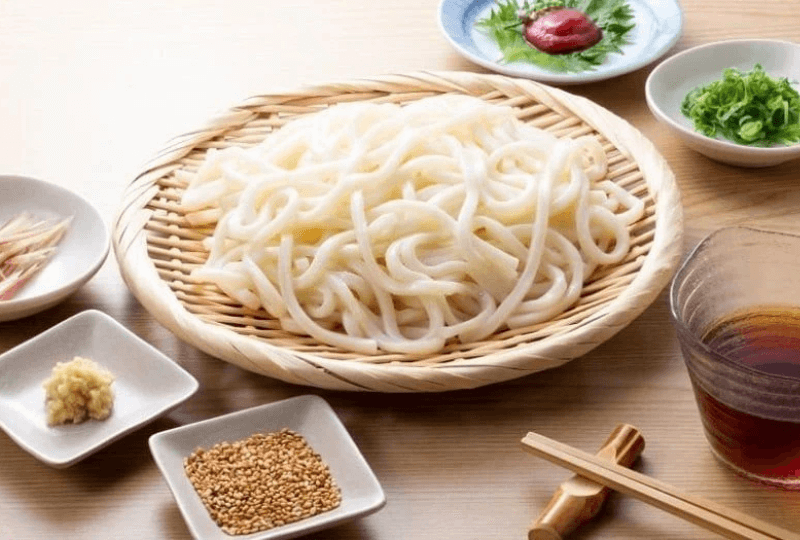
>>> See more: Top 15 Japanese rice bowls you should try
5. Udon in Japanese Culture
Udon in Festivals and Traditions
Japanese udon noodles are more than just a popular dish—they play a significant role in various festivals and traditions. One notable event is the Takinomiya Tenmangu Festival in Kagawa Prefecture, where pilgrims traditionally eat udon as part of their prayers. Additionally, during New Year celebrations, many Japanese families enjoy udon as a symbol of good fortune and longevity.
In summer festivals, Zaru Udon—chilled noodles served with dipping sauce—is a refreshing choice to combat the heat. Conversely, in winter, Nabeyaki Udon, cooked in an earthen pot with tempura and vegetables, provides warmth and comfort.
Symbolism and Cultural Significance
Beyond its culinary appeal, udon noodles carry deep symbolic meaning in Japanese culture. Due to their thick and chewy texture, udon represents perseverance and strength, reflecting the resilience of the Japanese people.
In Shinto rituals, udon is sometimes used as an offering, symbolizing purity and longevity. Additionally, during special occasions such as weddings or coming-of-age ceremonies, udon is served as a dish that signifies unity and togetherness.
Udon in Modern Japanese Society
Today, udon Japanese remains an essential part of daily life in Japan. With the rise of the food industry, convenient options like instant udon noodles allow people to enjoy this dish without extensive preparation.
Moreover, udon specialty restaurants are found throughout Japan, ranging from casual eateries to high-end establishments, offering various styles of the dish. Udon has also become a part of fusion cuisine, with creations like creamy mentaiko udon, blending Japanese and Western flavors.
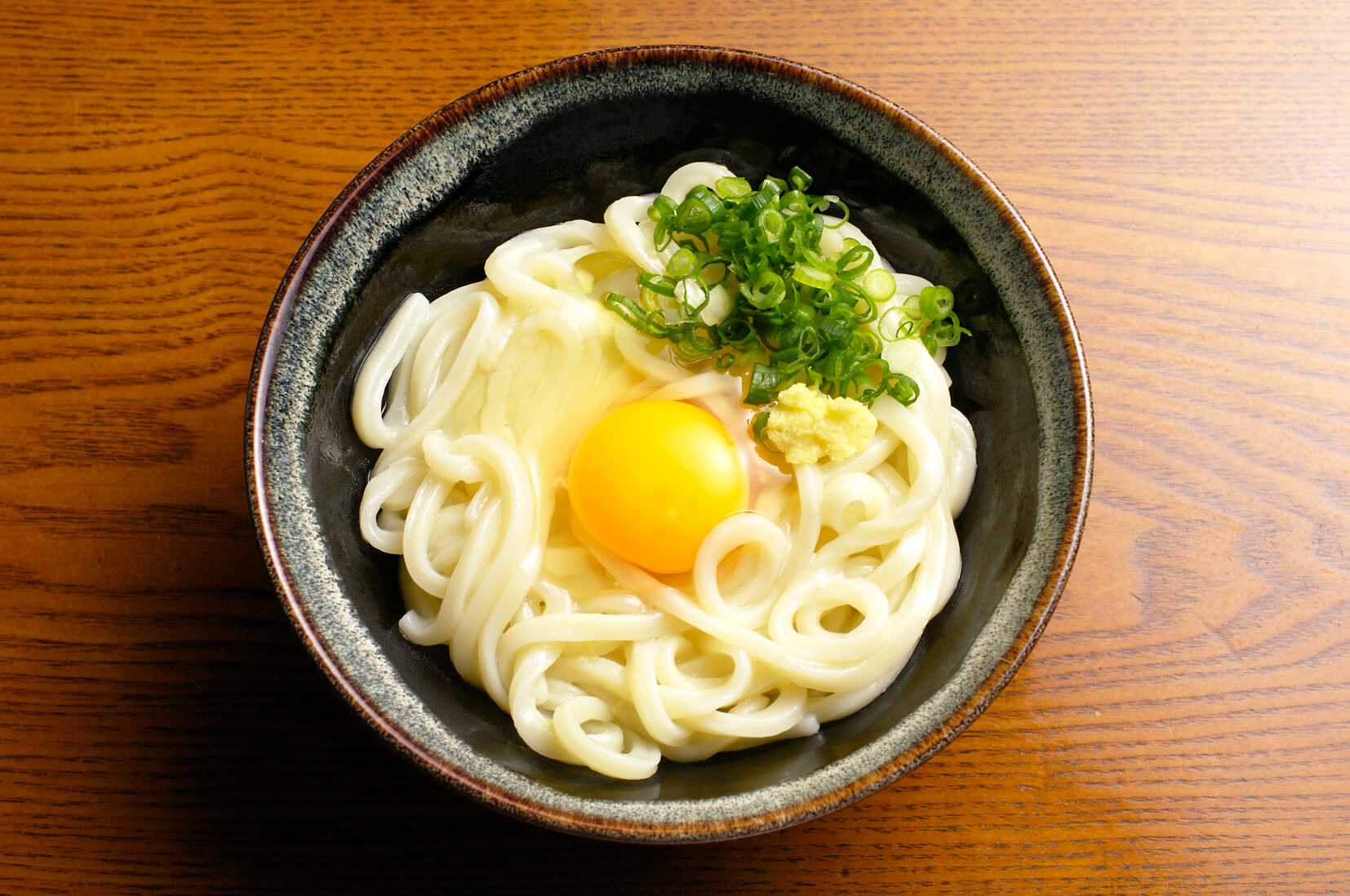
The popularity of udon noodles extends beyond Japan, as more international restaurants incorporate udon into their menus, making it a global representation of Japanese cuisine.
Through this article, you’ve gained a comprehensive understanding of udon noodles—a signature Japanese dish with a rich history and diverse preparation styles. If you’re looking to experience authentic udon flavors or purchase high-quality Japanese food products, Janbox is the perfect choice. As a trusted platform for sourcing genuine Japanese goods, Janbox enables seamless shopping from Japan’s top stores, ensuring quality and convenience. Visit Janbox today to explore more!
Website: https://janbox.com
Email: [email protected]

